Author: Päivi Valtonen
UNESCO report states that about 40% of the global population does not have access to education in the language they speak or understand. Studies have shown that there are many benefits why students should have a right to study using their own mother tongue at school.
Using the mother tongue leads to a better understanding of the lesson contents. It is difficult to learn, if one does not even know the meaning of the words. Starting pre-primary or school in the learners’ own mother tongue helps acquisition of the skills and attitudes needed for success in formal education.
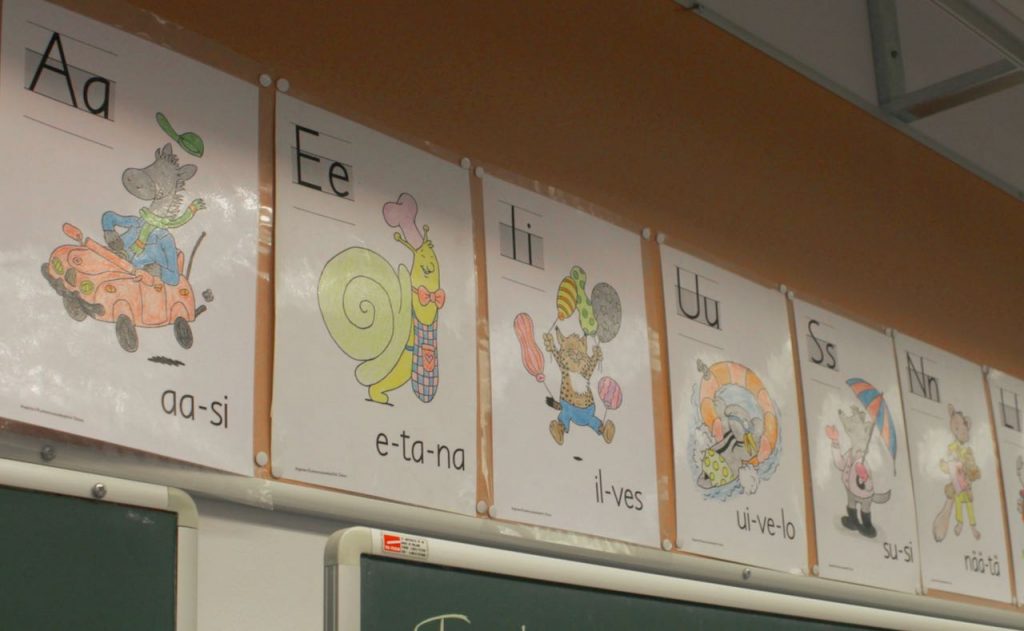
The possibility to use one’s own native language promotes a positive attitude towards a school, and it’s easier for learners to see the relevance of school to their lives. Learners are also more likely to engage and become active owners of their learning process. When learners get more involved in the learning process, it speeds up the development of their basic literacy skills and leads to better educational outcomes.
Mother tongue plays an important role in learning; it is the basis of all learning. Strong mother tongue skills appear to facilitate better learning in the other academic subjects (natural sciences, history, religion or ethics and so on), because they all are based on reading comprehension.
I have used LessonApp Premium to plan this mother tongue (Finnish) lesson for 3rd graders. The topic of my lesson is proper nouns. During this lesson, students will practise using capital letters for proper nouns. The length of the lesson is 45 minutes.
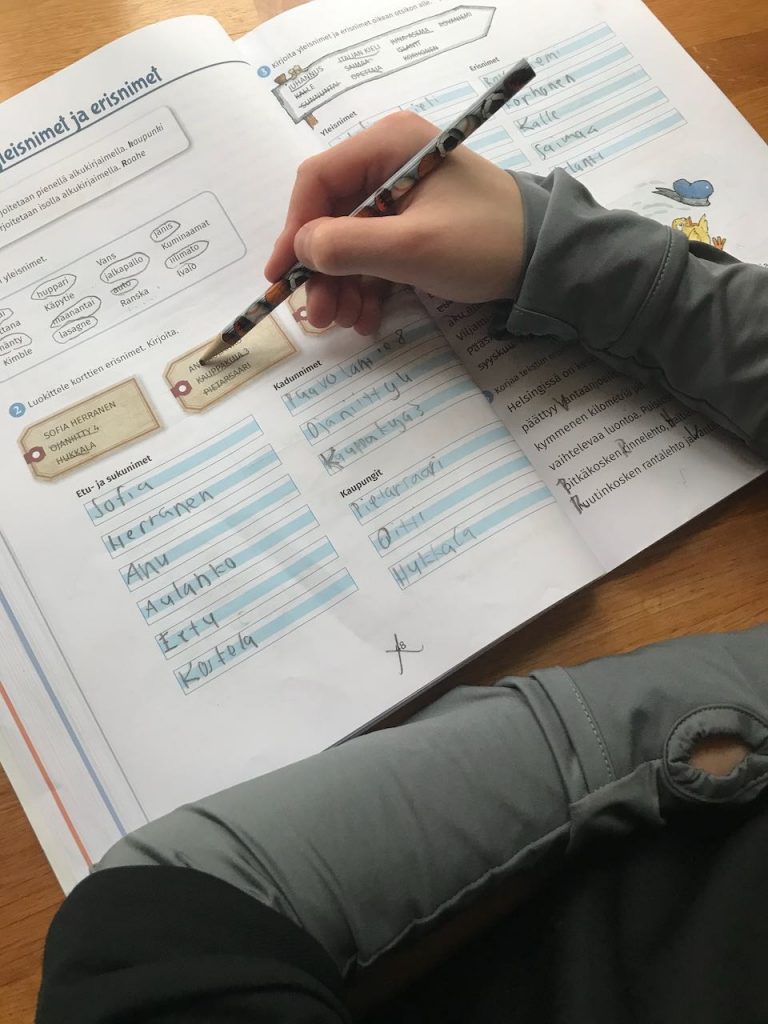
1. Warming up (5 min)
Method used: Bouncing bunny
The goal of this short exercise is to promote interest among students and attract their attention. Creating a good atmosphere for learning is important too.
Students throw a soft toy, and whoever catches the toy can tell a proper noun (a name, a city, a country, an address…). Then the student throws the toy to someone else who will continue saying another proper noun. The soft toy is thrown for as long as every student has caught it at least once.
The aim of this exercise is warming up, but also helping students to understand what are the proper nouns and what is the difference between common and proper nouns. The proper noun examples given by other students can promote understanding.
2. Practising (20 min)
Method used: Inside-outside circles
One of the goals of the mother tongue lessons is to teach students to work in different interaction situations. Learning to share your own thoughts, experiences and feelings is important part of teaching the mother tongue. Inside-outside circles method is based on co-operative learning and it develops students’ interaction skills.
Students are divided into two even groups. One group forms the inner circle and the other the outer circle. The students in the inner circle face outwards, and those in the outer circle inwards. Each student faces another: this is how students form pairs.
Each student has a bunch of small cards. There is a word in each card, for example, TAMPERE, SUNDAY, ICELAND, TEACHER, DONALD DUCK, ITALIAN, MIDSUMMER, EUROPE, SOFIA, and so on. Now student pairs will practice using capital letters for proper nouns. They ask each other, word by word, which words need a capital letter.
After a while, either of the circles moves one person or more to the right or to the left so that everyone is facing a new person. The exercise continues with the new partner. Students can also come up with new words.
It is important that students discuss unclear cases and try to figure out the right answer together. Of course, they can always ask teacher for help.
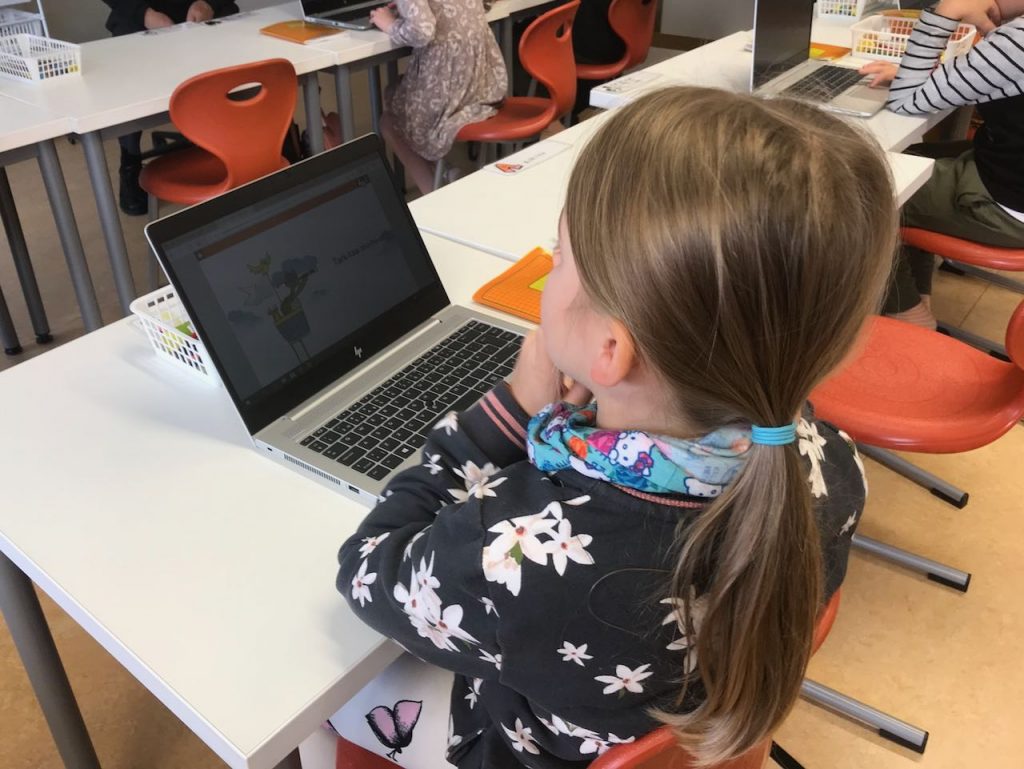
3. Practising (15 min)
Method used: Other method
Students make exercises on proper nouns individually. They can use their mother tongue exercise book or digital learning material on the Internet or other worksheets with a variety of written exercises. Individually made written exercises consolidate knowledge that students have learned through doing the oral exercises with fellow students.
4. Reflection (5 min)
Method used: Up or down?
All students stand up. They show their response by either reaching up or bending down: students reach as high as they can with their hands if they agree with the argument or to bend down if they disagree with it.
“I’m happy with the way I studied today.”
“I worked really hard today.”
“I could have done better.”
“I feel that the class supported me in my studying today.”
“I enjoyed this lesson.”
“I asked all the things I wasn’t quite sure about.”
“I still don’t understand the proper nouns completely.”
You can find this lesson plan and more detailed method descriptions in LessonApp. Feel free to join our LessonApp community and download LessonApp here.
Reference
UNESCO 2016. If you don’t understand, how can you learn? Global Education Monitoring Report. Policy Paper 24.
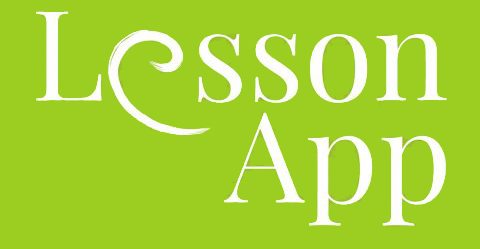
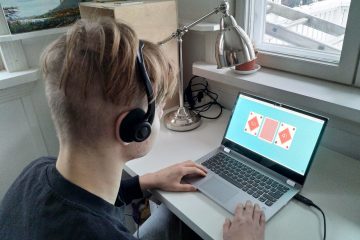
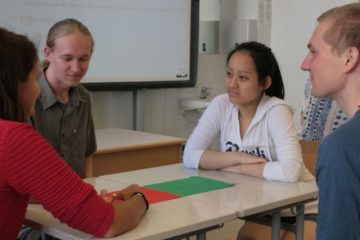
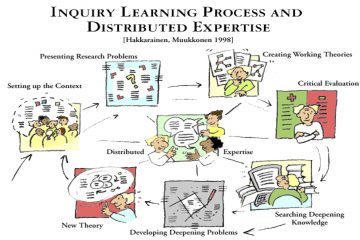

1 Comment
nahaczyku · December 21, 2020 at 5:43 am
Hi – in truth huge site you have created. I enjoyed reading this posting. I did want to publish a remark to tell you that the design of this post is very aesthetically delightful. I used to be a graphic designer, now I am a copy editor. I have always enjoyed functioning with information processing systems and am trying to learn code in my free time.